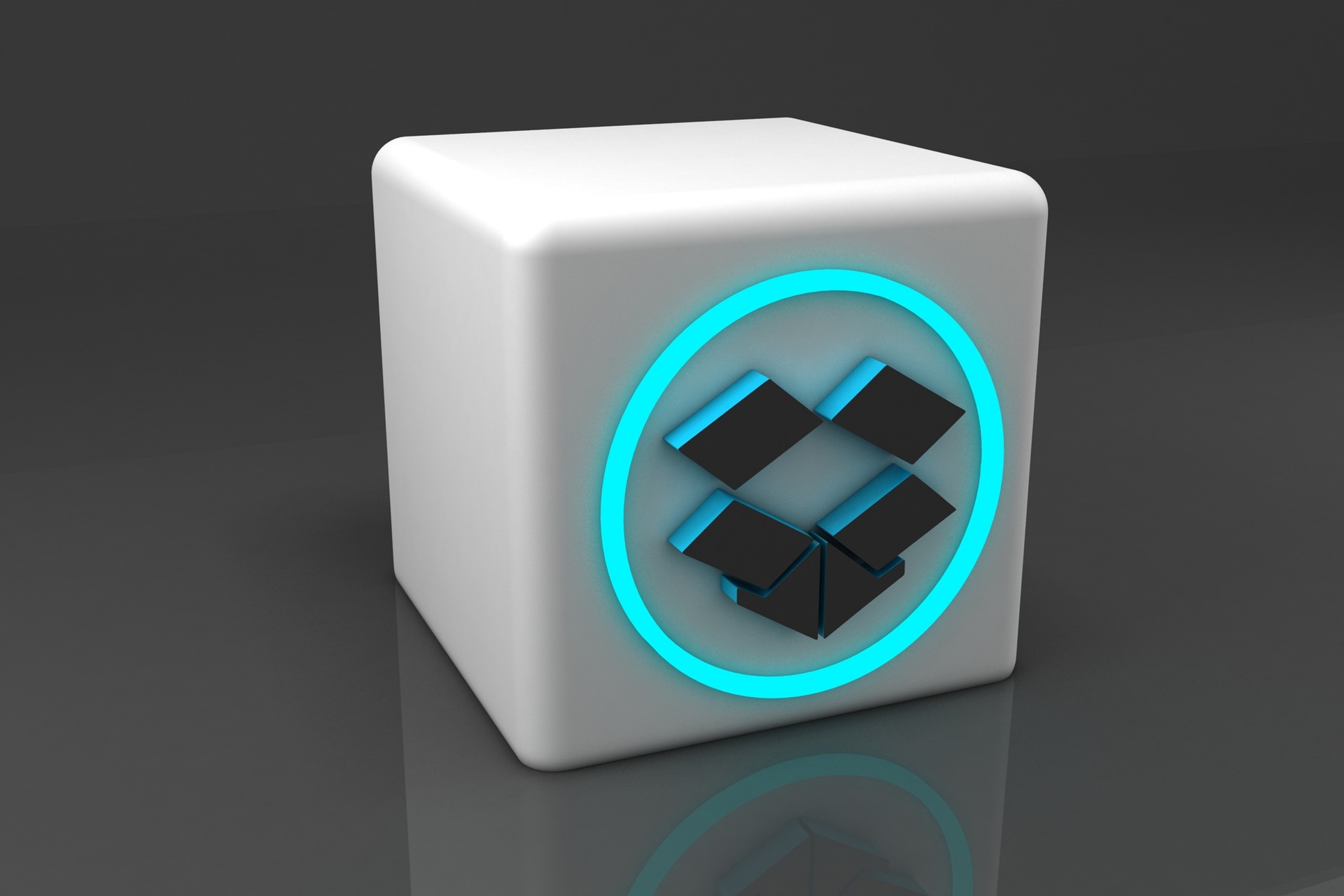The Next-Level Leap in Holographic Technology
The future of technology is here, and it's not just about a new smartphone or the latest gaming console. This time, it's something straight out of a sci-fi movie: holographic technology. Let's embark on a journey to explore how holography is revolutionizing the world of tech and what we can expect from it in the future.

Background: Holography’s Humble Beginnings
The concept of holography isn’t new. In fact, it dates back to the 1940s when scientist Dennis Gabor first stumbled upon the idea while trying to improve the resolution of electron microscopes. However, it wasn’t until the invention of the laser in the 1960s that holography truly took off.
Holography has come a long way from simple laser-based images to full-fledged 3D visuals. It has found a place in various fields, from medicine and education to entertainment and advertising. But what’s really intriguing is how holography is poised for a massive leap in the tech space.
The Modern-Day Holographic Breakthrough
Just when we thought holography had reached its peak, recent developments have proved us wrong. The tech world is buzzing with news of holographic technology advancements that promise to redefine our interaction with digital media.
One such development is the introduction of interactive holographic displays. These displays are not only capable of producing high-resolution 3D images but also allow users to manipulate these images in real-time. This level of interactivity marks a significant milestone for holography, as it opens up endless possibilities for user engagement.
The Potential Impact of Holography
The potential impact of advanced holography goes beyond just enhancing user experience. It could revolutionize multiple sectors, including healthcare, education, and entertainment.
In healthcare, holographic technology could enable doctors to visualize complex medical conditions in 3D, thus improving diagnosis and treatment. In education, it could transform learning by making abstract concepts more tangible and engaging. As for entertainment, the possibilities are endless—imagine watching movies or playing video games in a completely immersive 3D environment!
The Price and Market Outlook
With such massive potential, it’s no surprise that the holographic display market is expected to grow exponentially. According to a report by MarketsandMarkets, the holographic display market is estimated to reach $3.57 billion by 2023.
While early adopters of this technology are likely to be businesses and institutions, consumer adoption isn’t far-fetched. As technology improves and costs go down, we can expect holographic displays to become a staple in our homes, much like smartphones and smart TVs today.
Future of Holography
The advancements in holographic technology have made one thing clear—the future of tech is three-dimensional. As we move forward, we can expect to see more sophisticated holographic displays that push the boundaries of what’s possible.
There may still be challenges to overcome, such as reducing power consumption and enhancing image quality. But given the pace of innovation in this field, it’s only a matter of time before we overcome these hurdles and fully embrace the 3D digital world.
In conclusion, holography is the next big thing in the tech world. It’s not just about creating cool visuals—it’s about reshaping our digital interactions and transforming the way we live, learn, and entertain. As we continue to push the boundaries of this technology, the future certainly looks exciting. So, sit back, buckle up, and get ready for a spectacular 3D journey!





